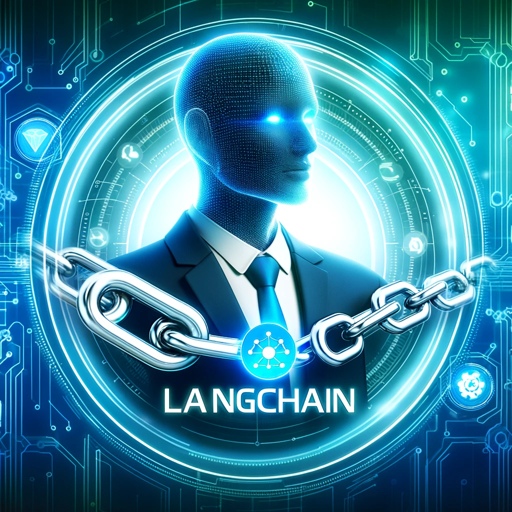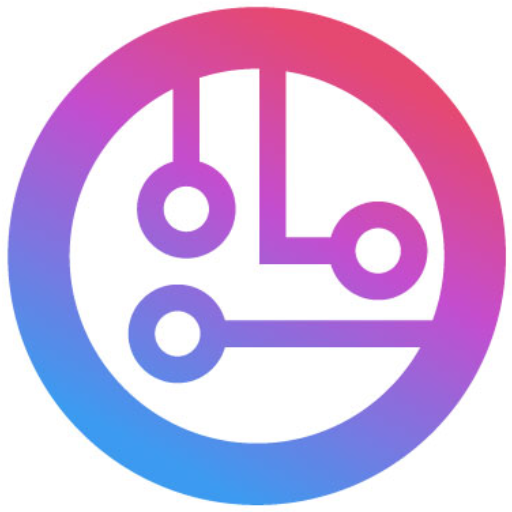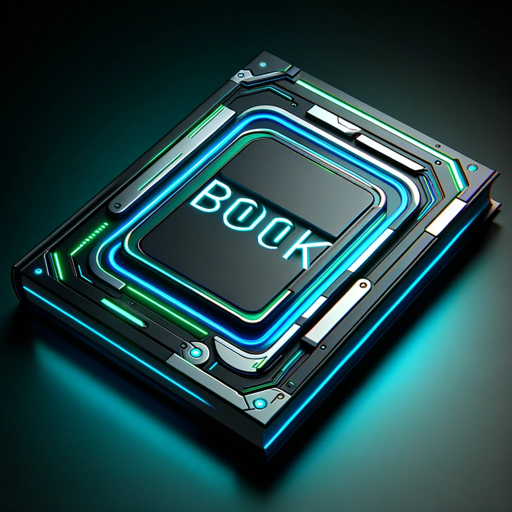Hyperledger Fabric Comprehensive Guide-Hyperledger Fabric blockchain guide
AI-powered blockchain deployment and learning tool
How do I install Hyperledger Fabric?
What's the best way to debug this Hyperledger error?
Can you provide a coding example for Hyperledger?
How do I resolve this specific issue in Hyperledger Fabric?
Related Tools
Load More
Langchain Expert - Coder
Expert in CHAINS and AGENT CHAINS creation and management. [UPDATED 2024-01-30]

Blockchain Dev Companion
Guiding on DApp development for ETH, Tezos, Polygon, & Solana.

.NET Core Expert
I'm an Expert Senior .NET Core Developer, skilled in C# and .NET Core technologies.

Blockchain GPT by Rohas Nagpal
A custom GPT for Blockchain Architects, Developers & Engineers and Token Economists.

Quantum Mentor
Academic guide for quantum and math concepts.

SIPO
未来のクリプトモンスター星からやってきたSIPOです! 暗号資産、ブロックチェーン技術、ステーキングの始め方、ウォレット、Dappsの使い方、DeFi、NFT、DAOなどクリプトライフの楽しみ方まで、なんでも聞いてね!あなたのクリプトライフの話し相手にもなりますよ!
20.0 / 5 (200 votes)
Introduction to Hyperledger Fabric Comprehensive Guide
The Hyperledger Fabric Comprehensive Guide is designed to provide a deep understanding of Hyperledger Fabric, focusing on its core components, configurations, and applications. It covers the modular architecture of Hyperledger Fabric, its consensus mechanisms, and the ability to develop, deploy, and manage smart contracts in a distributed ledger environment. The guide aims to support enterprise-level blockchain adoption by offering detailed insights into Fabric's modular and versatile design. This includes real-world scenarios, such as secure transaction processing and decentralized business networks, to illustrate how Fabric's permissioned architecture is applied. For instance, it can help a financial organization create a blockchain-based system for clearing and settling securities transactions while maintaining regulatory compliance.

Main Functions of Hyperledger Fabric Comprehensive Guide
Modular Blockchain Architecture
Example
Hyperledger Fabric allows businesses to configure blockchain networks with pluggable components like consensus algorithms and identity management systems.
Scenario
A supply chain network can utilize Fabric's pluggable consensus to track goods, where the consensus mechanism is adjusted to prioritize transaction throughput without compromising security.
Smart Contracts (Chaincode)
Example
Fabric supports smart contracts written in general-purpose programming languages like Go, Java, and Node.js.
Scenario
In a trade finance network, smart contracts automate the issuance and approval process of Letters of Credit, reducing the time required and increasing transparency between banks and traders.
Permissioned Blockchain
Example
Fabric ensures that all participants in a network are known and vetted, reducing the risk of malicious behavior.
Scenario
In a healthcare network, patient records can be shared between hospitals, insurance companies, and doctors securely, ensuring that only authorized entities have access to sensitive data.
Ideal Users of Hyperledger Fabric Comprehensive Guide
Enterprise IT Teams
Enterprises looking to implement permissioned blockchains for secure, scalable, and customizable applications. These users benefit from Fabric's modular architecture, which allows them to tailor the platform to their specific needs, such as deploying supply chain solutions, finance applications, and more.
Blockchain Developers
Developers focusing on creating decentralized applications and smart contracts. They benefit from Fabric's use of common programming languages for smart contract development and its robust support for testing and deploying blockchain applications in a controlled, permissioned environment.

Using Hyperledger Fabric Comprehensive Guide
Visit aichatonline.org for a free trial without login
You can start using Hyperledger Fabric Comprehensive Guide immediately with no need for ChatGPT Plus or any login requirements.
Ensure prerequisites are in place
Make sure you have the necessary blockchain and development knowledge to navigate complex concepts in Hyperledger Fabric. Familiarity with Docker, Go, or Java is helpful.
Explore practical applications and examples
The guide provides practical use cases, including trade finance and supply chain scenarios, offering hands-on tutorials to deploy Fabric networks efficiently.
Navigate modular architecture and tools
Understand the modular components such as chaincode, consensus protocols, and the ordering service to design custom enterprise-grade blockchain solutions.
Refer to the troubleshooting and performance optimization sections
The guide includes tips on tuning system performance and troubleshooting, making it easier to handle real-world challenges in deploying Hyperledger Fabric.
Try other advanced and practical GPTs
Stress and Exercise
AI-powered tool for stress relief through exercise.

2D to 3D Assets
AI-powered tool for converting 2D images into 3D models.

Sprite Professor for Pixel Art and Game Assets
AI-powered pixel art and game assets generation

Suave
AI-powered charm for seamless conversations.

Dustin's GMAT CR: Chain (Argument Evaluation)
AI-Powered Tool for Evaluating GMAT Arguments

RA Studio 5000 Expert
AI-powered automation expertise at your fingertips.

Comprehensive Ebook Creator
AI-powered ebook creation for everyone.

OPNsense Comprehensive Guide
AI-powered guidance for OPNsense setup and optimization

Tshirt Audience Finder
Discover niche t-shirt audiences with AI.

Lead Wizard Up Work
AI-Powered Lead Generation Made Easy

JS/TS Lead Dev
AI-powered JavaScript and TypeScript expert.
Lead Gen Expert
AI-Driven Lead Generation Simplified

- Supply Chain
- Healthcare Solutions
- Blockchain Design
- Enterprise Use
- Finance Integration
Q&A for Hyperledger Fabric Comprehensive Guide
What are the key components of Hyperledger Fabric?
Hyperledger Fabric consists of modular components including a pluggable ordering service, membership service provider, smart contracts (chaincode), and a peer-to-peer gossip network.
How does Hyperledger Fabric differ from other blockchain platforms?
Unlike other platforms, Hyperledger Fabric is permissioned, modular, and does not require a native cryptocurrency. It supports enterprise-grade use cases with advanced privacy and scalability features.
What is chaincode in Hyperledger Fabric?
Chaincode is Hyperledger Fabric’s version of smart contracts. It can be written in general-purpose languages like Go, Java, and Node.js, making it more accessible for developers.
How does the guide help in setting up a blockchain network?
The guide provides step-by-step tutorials for setting up a Hyperledger Fabric network, including generating cryptographic materials, creating channels, and deploying chaincode.
What industries can benefit from Hyperledger Fabric?
Hyperledger Fabric supports a wide range of industries, including finance, supply chain, healthcare, and government, due to its flexibility and security features.